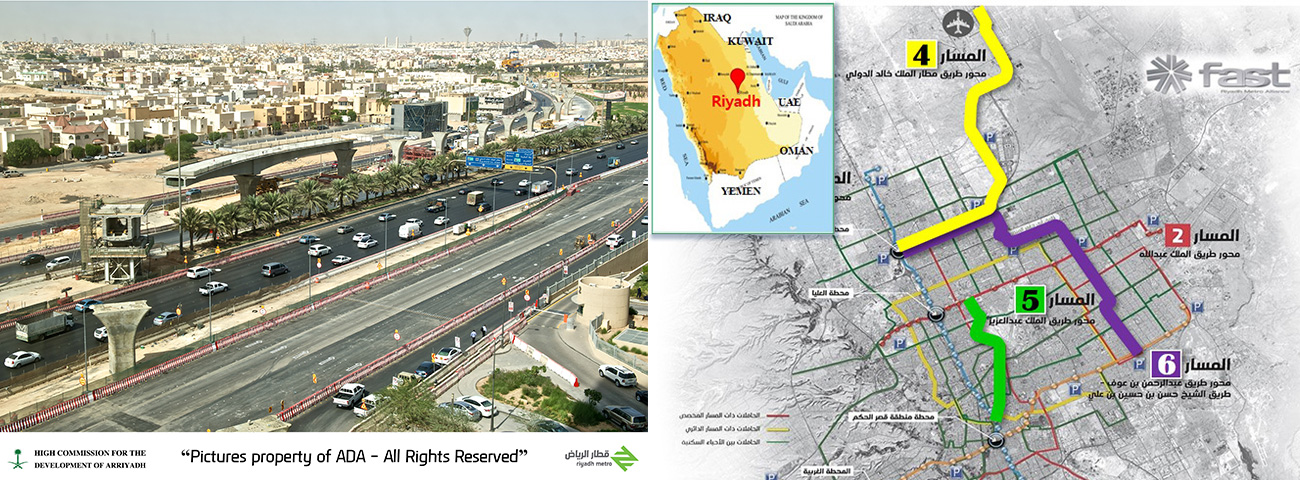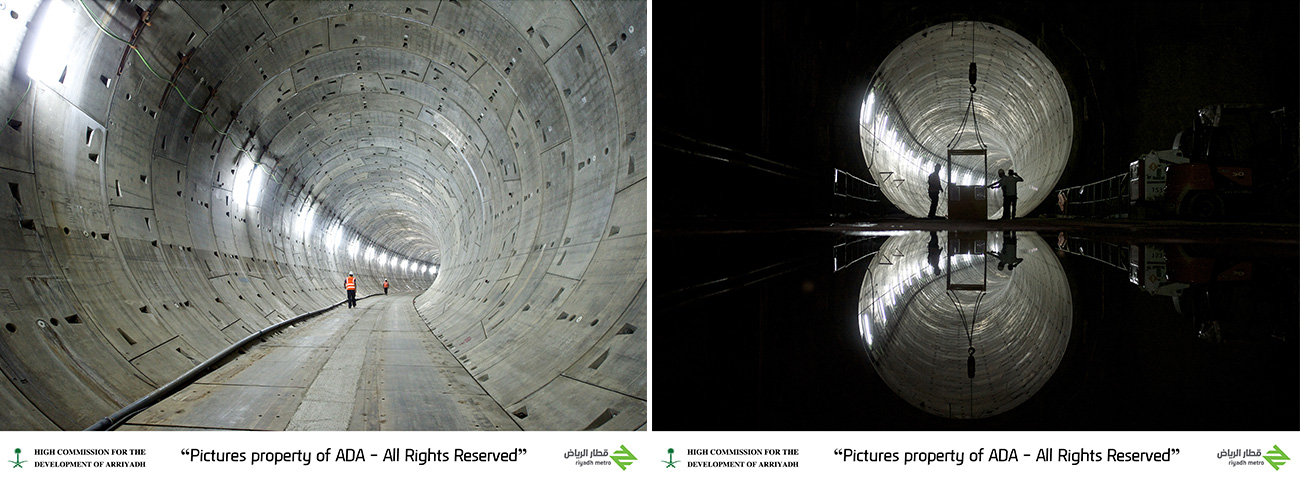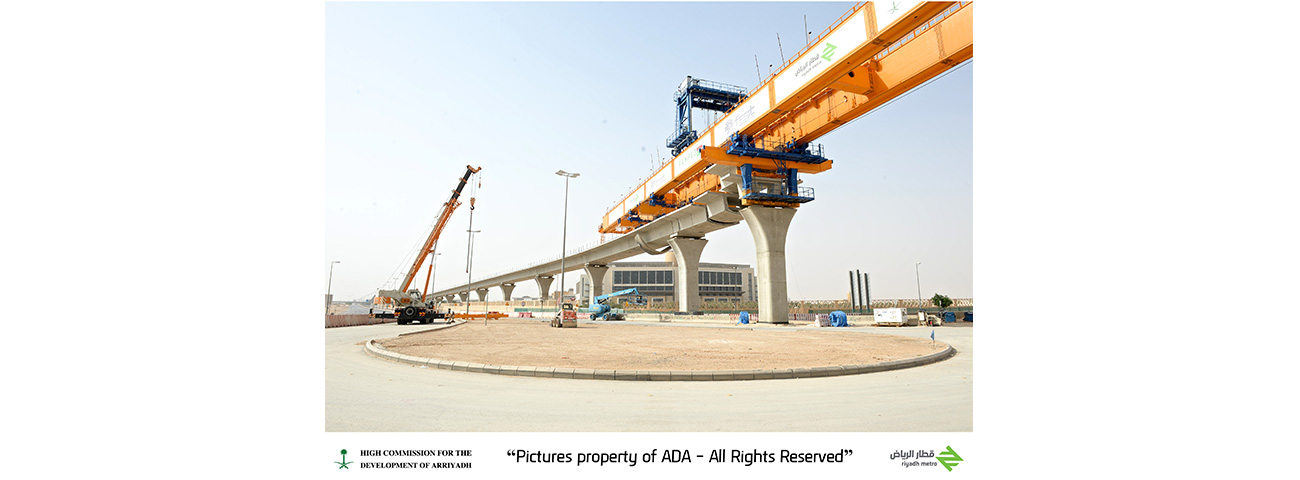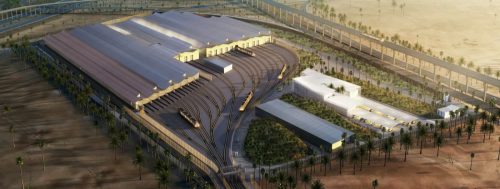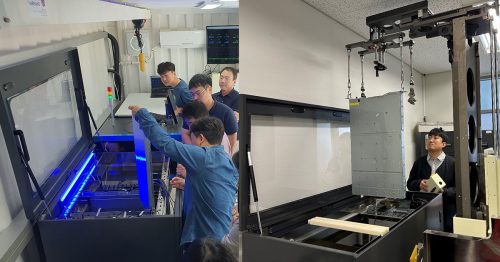With today’s population reaching nearly 6.5 million people, Riyadh, Saudi Arabia’s capital, is finally getting its first public transport system.
Public transit is the backbone of the metropolitan landscape, and without a solid system in place, its potential for growth and evolution is limited and inhibited. Saudi officials approved the Riyadh Metro in 2012, after population growth forecasts predicted Riyadh’s urban population to increase to 8.3 million by 2030.
The new mass-transit system started in 2014, and is considered the largest metro project in the world to date. The project is managed by Arriyadh Development Authority (ADA) – the executive arm of the High Commission for the Development of Arriyadh – and is expected to be completed by the last quarter of 2018, using top-of-the-line techniques for its execution.
The Riyadh Metro consists of six subway lines, spanning over a total of 176 kilometers, and Samsung C&T (which is partnering with the FAST Consortium, an international group of construction companies, including: FCC, Alstom, Strukton, & Freysinnet) is responsible for the construction of lines 4, 5 and 6. C&T has successfully completed metro projects in a number of different countries, including Singapore, Hong Kong, India, and Korea.
Among these companies, various construction methods are being employed to build bridges and viaducts for the project using optimized solutions.
Combining Traditional and New Technologies
Most metro lines come into existence with the use of a tunnel boring dmachine (TBM), which quietly and reliably digs a tunnel underground.
The Riyadh Metro Project is a groundbreaking achievement for the nation, as it is the first time the nation will bore a tunnel this large by utilizing a TBM drill with a diameter of 9.74 meters.
But the more interesting aspect of the construction technology involved in the project is the use of a full-span launching method (FSLM), known for being one of the fastest and most economical construction processes today.
The FSLM allows large beams, or girders, to be pre-cast, transported and maneuvered to connect empty spans.
Besides speed and cost effectiveness, it has the advantage of preventing interruptions to traffic below the site and delivering more consistent results by performing in single casting and erection operations.
In the past, Samsung C&T has utilized the FSLM in projects including the Taiwan High Speed Rail in 2000, the Incheon Bridge in 2004 and the Honam High Speed Rail in 2009.
The Riyadh Metro represents the very first instance where the FSLM has been used in the Middle East. It took three months for the involved teams to become acquainted with the mechanics of the production cycle.
To make up for any weak spots that the FSLM could not account for, two other construction methods, the pre-cast beam and pre-cast segment methods, were implemented, completing the project in record time.
Plan & Process
In comparison to the old methods once used for creating metro systems, the FSLM and pre-cast methods have allowed builders to save time, costs and improve overall quality while standardizing procedures.
Process phases improved by the use of these new methods included planning, design, procurement and execution – their effects showing up concretely in the project’s results.
Major Transportation
As a mass transit project of this size, it has contributed to many construction breakthroughs. Not only is it a pioneering venture in Saudi Arabia, it also incorporates advanced construction techniques customized to satisfy the complex nature of the project.
For the company, the project is not just another example of innovation. It also marks a turning point in public transportation in the Middle East – a great feat for both the people of Saudi Arabia and the C&T team.


